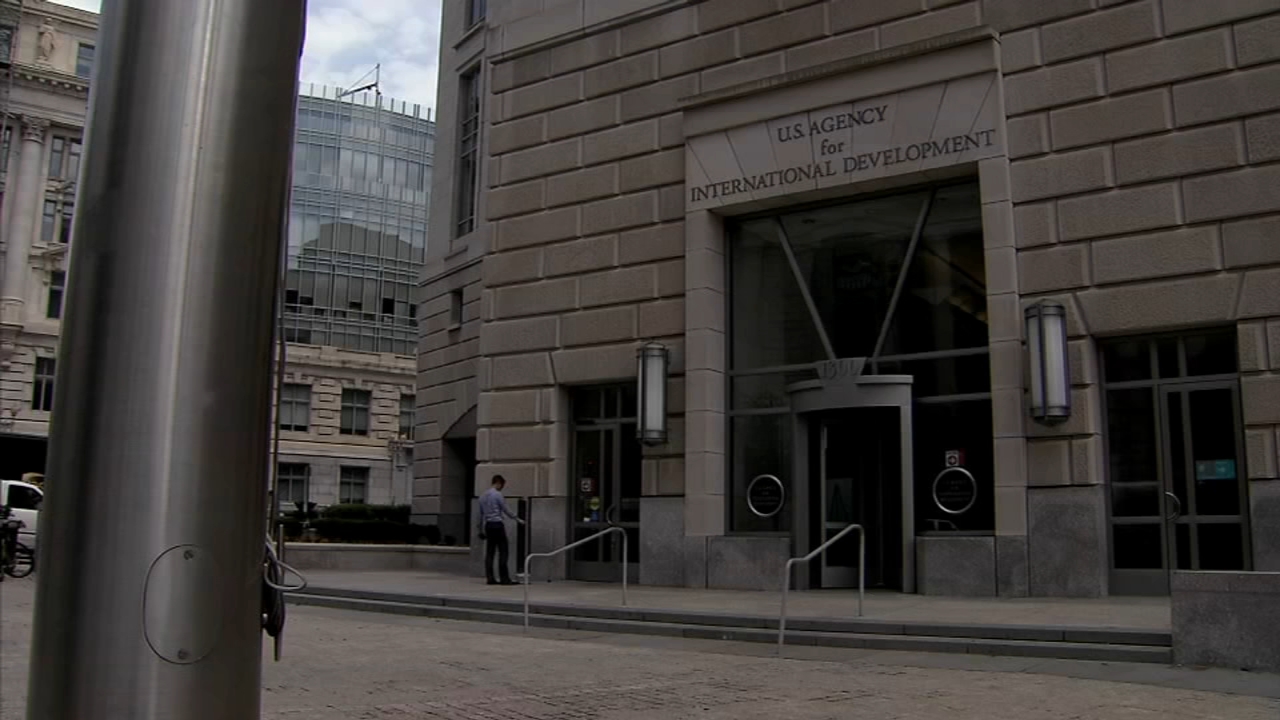How Americans can see a rare Northern Lights show this week
Skygazers in 17 states will be treated to a sighting of the colorful aurora borealis light show on Thursday.

Millions of Americans will be able to witness a celestial event not typically visible from their own backyards this week, as a strong solar storm brings the Northern Lights farther south than usual.
Skygazers in 17 states will be treated to a sighting of the colorful aurora borealis light show on Thursday, brought by a forecast solar storm in the atmosphere.
The Northern Lights are expected to be seen from Alaska, Oregon, Washington, Idaho, Montana, Wyoming, North Dakota, South Dakota, Minnesota, Wisconsin, Michigan, New York, New Hampshire, Vermont, Indiana, Maine and Maryland, according to the University of Alaska at Fairbanks' Geophysical Institute.
Cities like Milwaukee, Minneapolis and Helena, Montana, will be able to gaze overhead at the lights, while regions near Salem, Oregon, Boise, Idaho, Cheyenne, Wyoming, Annapolis, Maryland and Indianapolis will be able to see the show low on the horizon.
People in those locations can plan on the best viewing times being between 10 p.m. and 2 a.m. local time, according to the National Oceanic and Atmospheric Administration Space Weather Prediction Center.
Parts of Canada, including Vancouver, will also be able to see the aurora, experts said.
Auroras occur when atoms and molecules in Earth's atmosphere clash with a solar flare from the sun, which causes the atoms in the upper atmosphere to glow.
Northern Lights are most often seen in Alaska, Canada and Scandinavia, and rarely travel south enough for viewers in the continental U.S. to catch a glimpse. But in April, an intense solar storm brought the light show as far south as New Mexico and Arizona.
The show gets better the farther north you go, as the energized particles interact with the atmosphere closer to Earth, Bill Murtagh, program coordinator at the NOAA Space Weather Prediction Center in Boulder, Colorado, told The Associated Press in April. Further south, the curvature of the Earth cuts off the most dazzling parts of the Northern Lights -- leaving a reddish hue rather than the signature green curtains -- as the particles interact higher in the atmosphere. Murtagh said.
The upcoming solar storm is part of an 11-year solar cycle that began in 2019 and is expected to peak in 2024, according to NOAA.













